The Boyds: A family biography
MUP, $49.95 hb, 514 pp, 0522848710
The Boyds: A family biography by Brenda Niall
Biography can be difficult to achieve. There is the balance between too much detail, where one can’t see the wood for the family trees, or not enough, which can be disappointing all round. One also bears in mind possible antipathy: Sigmund Freud, who famously began burning his personal papers at twenty-nine, was dismissive of future chroniclers: ‘As for biographers, I am already looking forward to seeing them go astray.’ Consider, then, the work involved in writing a family biography, where the factors of histories, stories, lives, facts, checks, and balances are dauntingly multiplied across generations, within and without direct recollection, and are not always easily resolved.
Such was the task facing Brenda Niall who, by utilising one theme, has succeeded where she might well have come off second-best. Her magnificent survey of the Boyd family starts with a series of questions: Where to begin? How to structure a narrative covering one hundred and fifty years and five generations? Who to include or exclude? Where to stop? Niall, who had a head start with her 1988 biography of the novelist Boyd, Martin, had considered a wider-ranging biography of the others – the painters, potters, architects, musicians, writers, and the other myriad artisans of this astonishingly creative family – but no ideas of how to build their history into anything other than a cluttered, over-detailed book. Then an epiphany: ‘the idea of the family house as a recurring motif in Boyd history.’ This stirred Niall’s memory of a conversation she had in 1976 with the American biographer of Henry James, Leon Edel, who was writing a biography of the Bloomsbury group:
Edel had nine characters moving towards the ‘house’ that was Bloomsbury, and he did not attempt a ‘cradle to grave’ narrative for any one of them. His way of using interlocking chapters rather than strict chronology was a useful example. The Boyd story offered a sequence of family houses, each of which expressed an individual, a way of life, a time and place.
Continue reading for only $10 per month. Subscribe and gain full access to Australian Book Review. Already a subscriber? Sign in. If you need assistance, feel free to contact us.



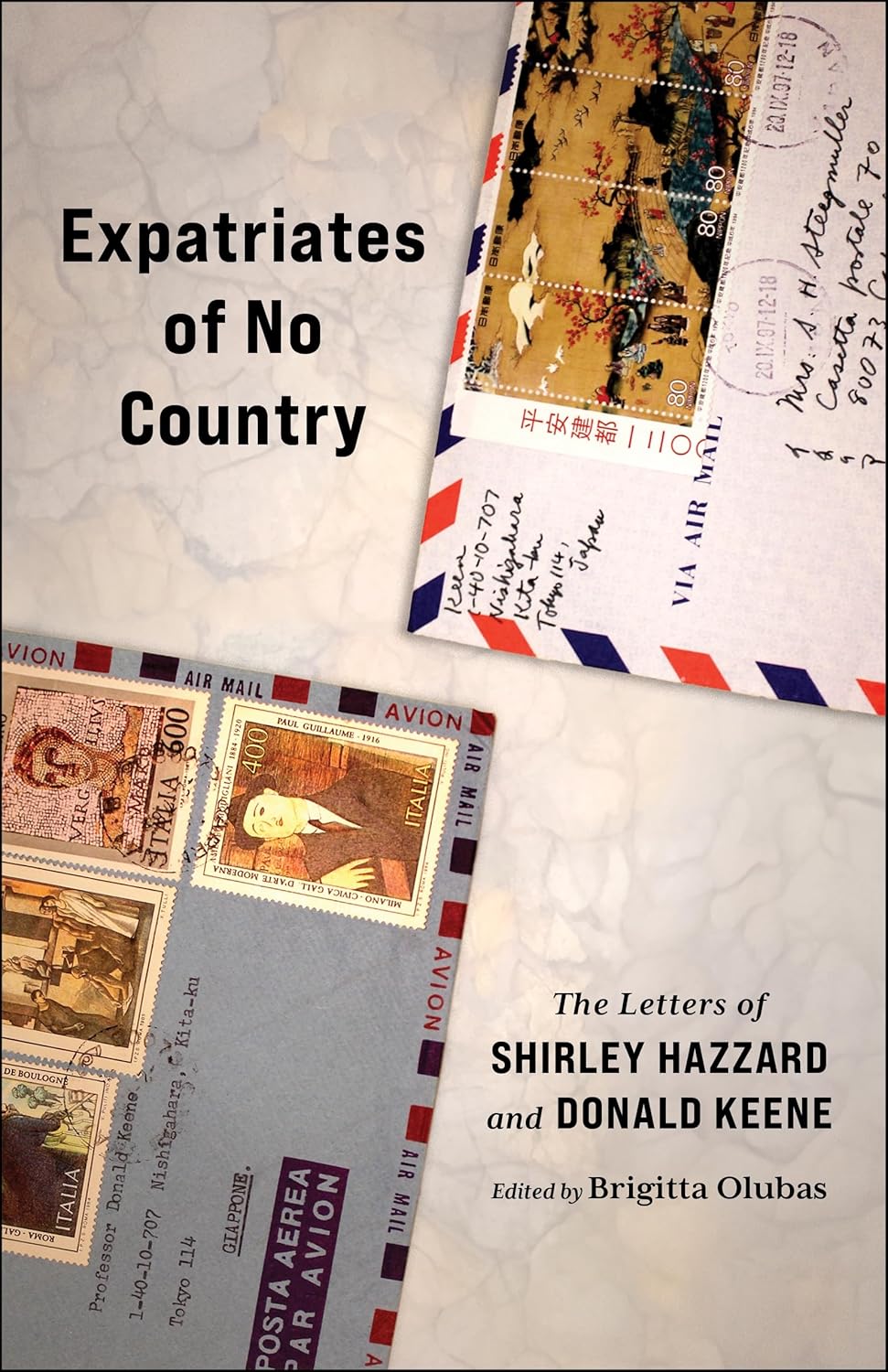

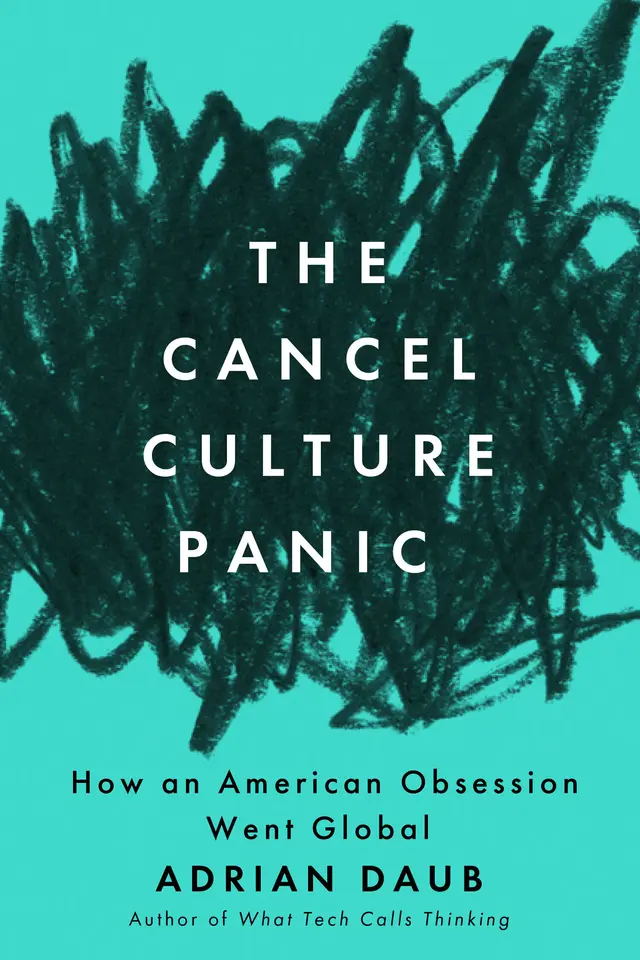
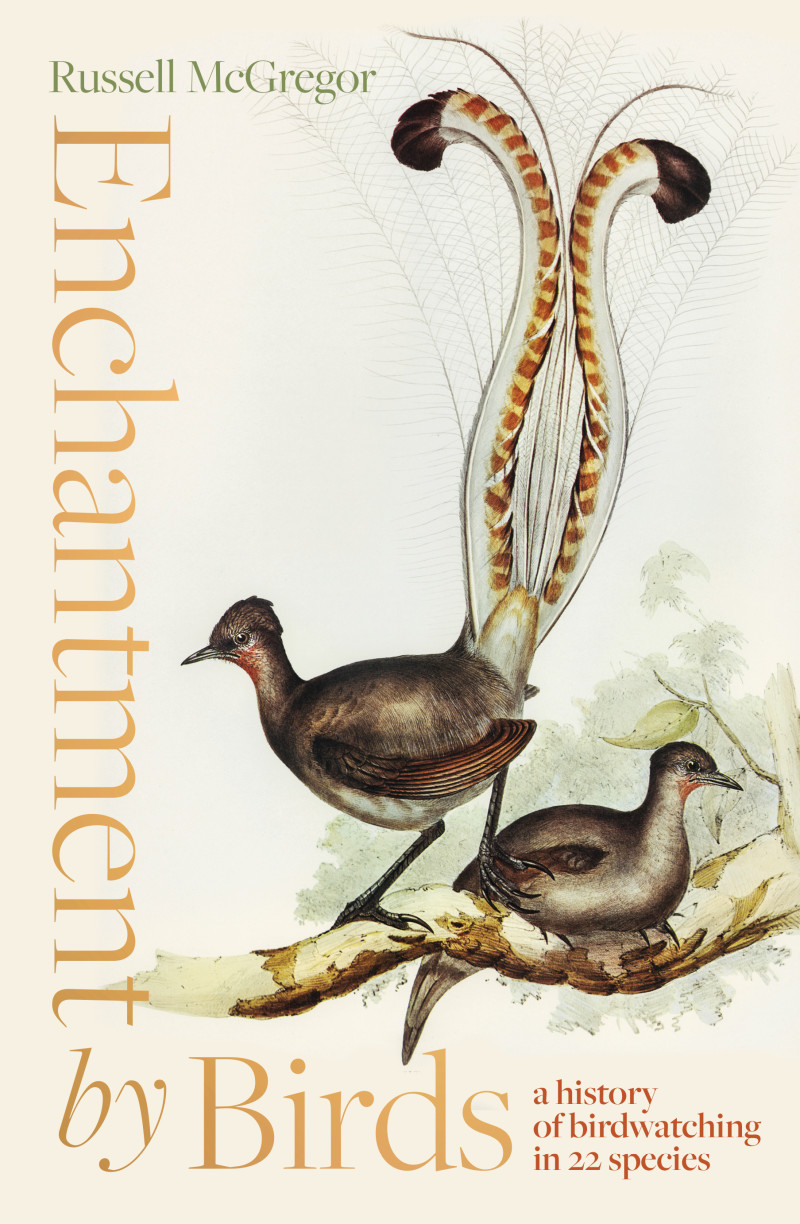

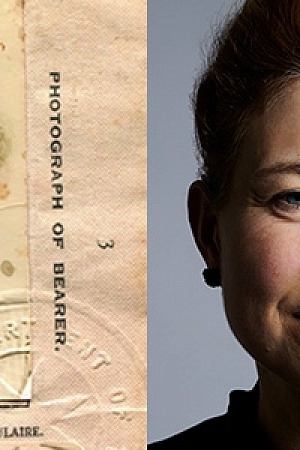
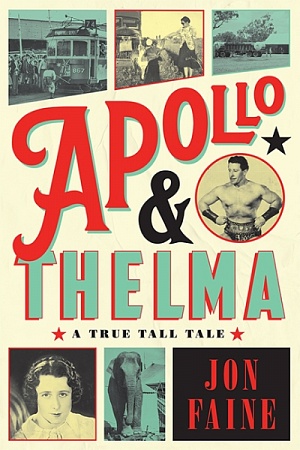





Leave a comment
If you are an ABR subscriber, you will need to sign in to post a comment.
If you have forgotten your sign in details, or if you receive an error message when trying to submit your comment, please email your comment (and the name of the article to which it relates) to ABR Comments. We will review your comment and, subject to approval, we will post it under your name.
Please note that all comments must be approved by ABR and comply with our Terms & Conditions.